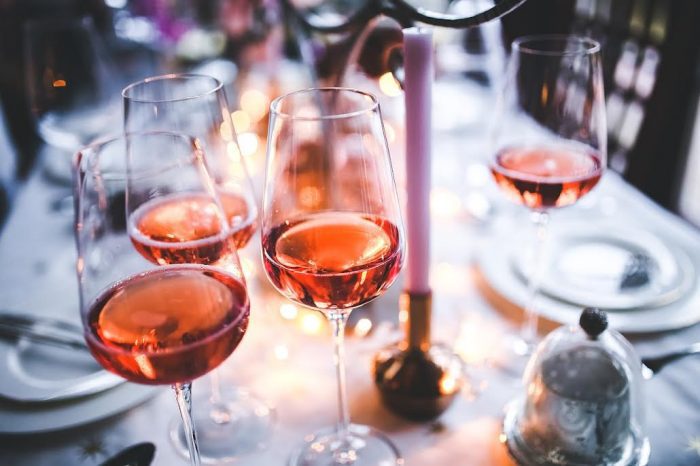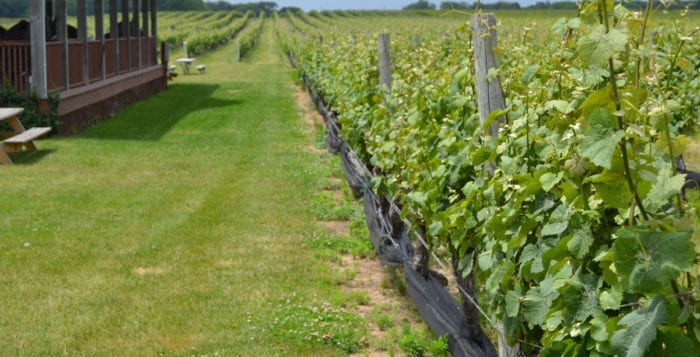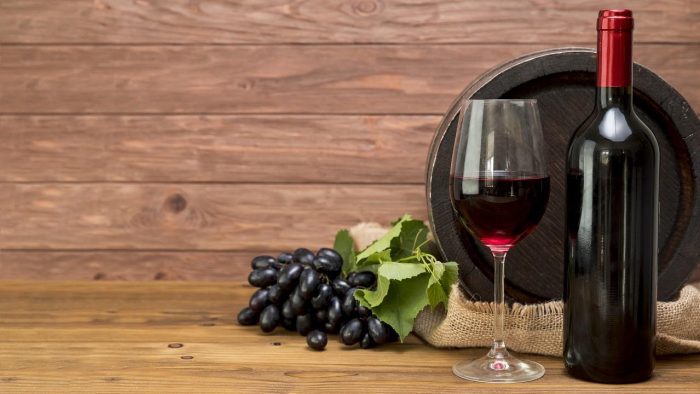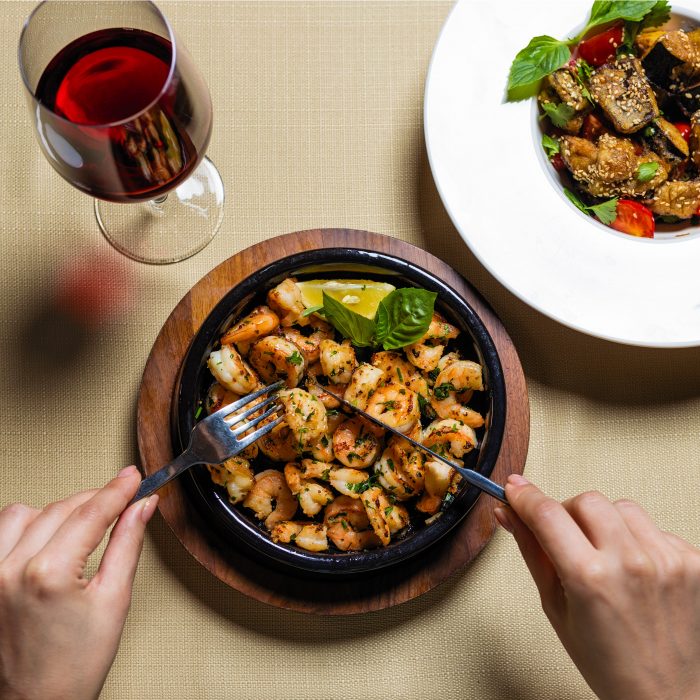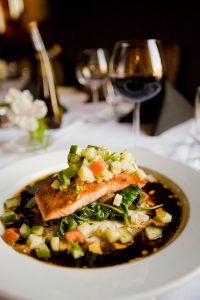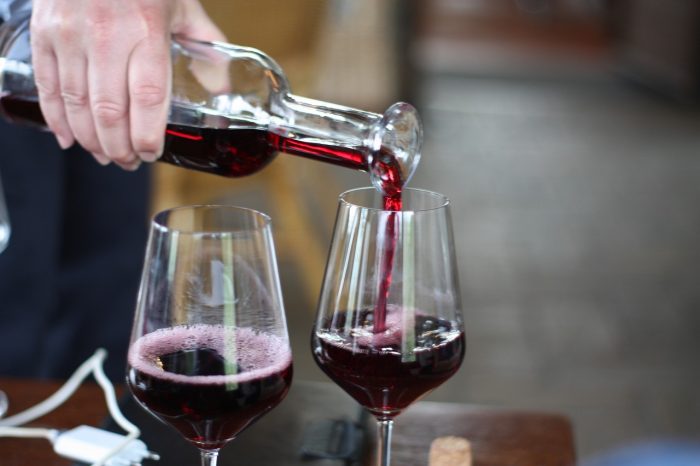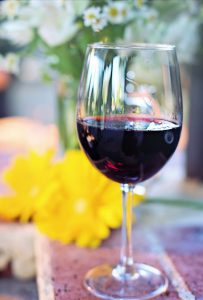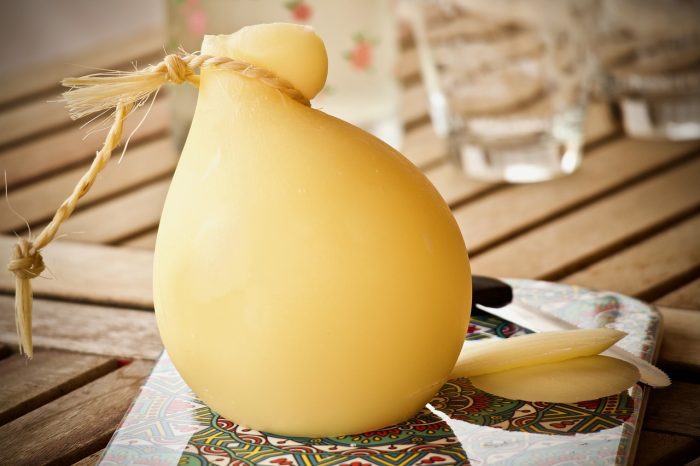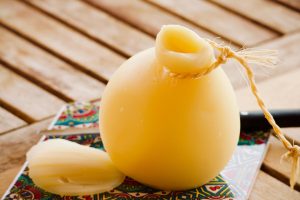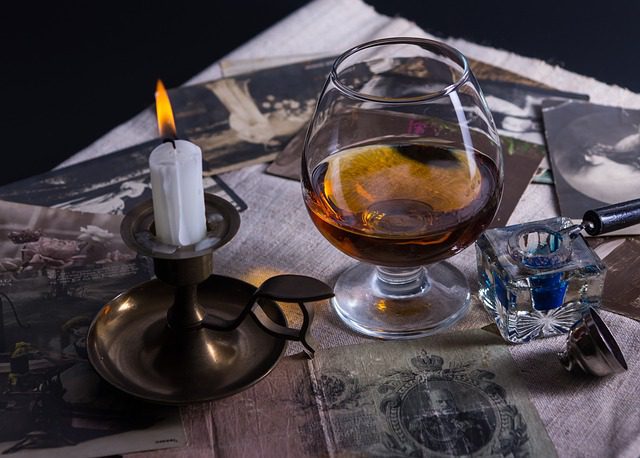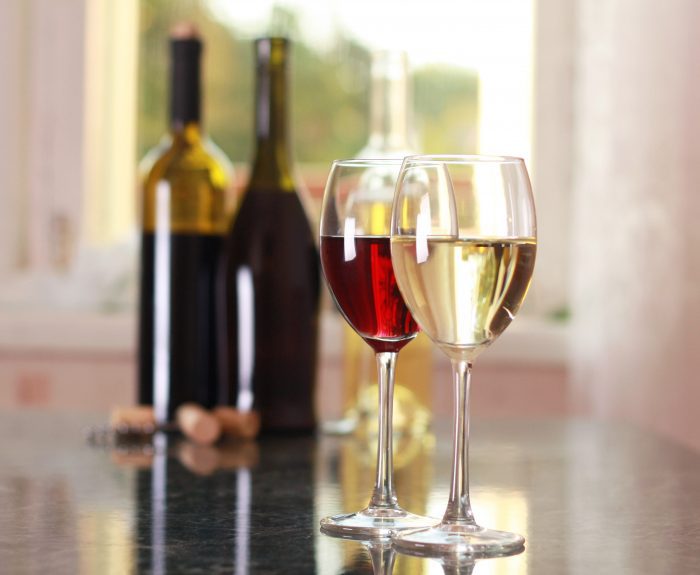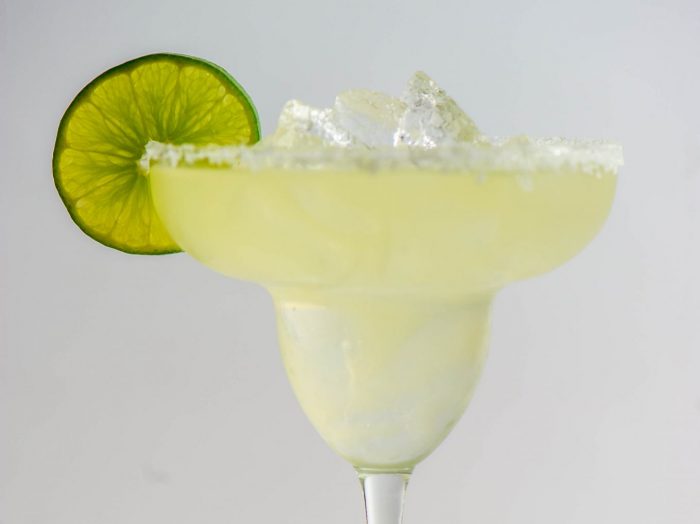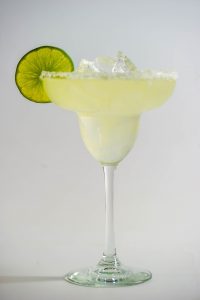By Bob Lipinski

Warm weather means outdoor events, picnics, beaches, and, of course, plenty of chilled beer and wine. Some of the most enjoyable wines to drink during warm weather are rosés, most of which are light-bodied and off-dry, often with a “spritz” of bubbles. Because of the lightness of body and mildness of taste, most rosé wines should be served lightly chilled, not cold.
Rosé wines are usually made by keeping the skins of the red grapes in contact with the juice for a few hours until the desired color is attained. Often, rosé wines are blends of two or more red grapes, which add additional flavor. Recently, I tasted an assortment of rosé wines from around the world that are great for entertaining this summer.
2021 Castello Monaci, “Kreos” Rosé, Negroamaro, Salento, Italy. Floral bouquet with flavors of raspberries, plums, citrus, and cherries. Dry, with hints of tangerine, orange peel, and mint. Pair it with a cold chicken salad containing cilantro.
2021 “Dove Hunt Dog,” Rosé, California: (Blend of Grenache, Syrah, and Gamay grapes) Light-bodied and fragrant with a bouquet of cherries and strawberries. Fruity with citrus and red apple overtones. Great label for dog lovers.
2021 “Scott Wild,” Rosé, California: (Blend of Grenache, Merlot, and Napa Gamay {Valdiguié} grapes) Subtle aromas of citrus and summer fruit with a full flavor of red currants, watermelon, and candied cherries.
2020 Mixtrack “L’Original” Rosé, Provence, France: (Blend of Cinsault, Grenache, and Cabernet Sauvignon grapes) Dry and medium-bodied; drinks like a red wine; fruity and pleasantly tart. Stands up to strong cheeses and grilled meats.
2018 Villa Franciacorta Bokè “Brut Rosé,” Italy: (100% Pinot Noir) Peach-colored; elegant and refined with a light bouquet of raspberries, citrus, and cranberry. Pair it with a dish of prosciutto and melon or burrata drizzled with extra-virgin olive oil.
NV Mirabella Franciacorta “Brut Rosé,” Italy: (Blend of Pinot Noir, Chardonnay, and Pinot Blanc grapes) Very lively in the mouth, with a fruity bouquet with a taste of wild berries, brioche, and red currants. Serve it with smoked salmon, sliced thin.
NV Weingut Wutzl “Frizzante” Brut Rosé, Gobelsburg, Kamptal, Austria: (100% Zweigelt grapes) Salmon-colored with a delightful bouquet of pink roses and peaches. Dry, light, and delicious, with hints of berries and citrus. Perfect for a bowl of chilled watermelon cubes.
2020 Lichtenberger-González, “Muschelkalk Rosé,” Burgenland, Austria: (Blend of Blaufränkisch, Pinot Noir, and Zweigelt grapes) Bright persimmon-colored with a light floral bouquet. Dry, with a flavor of citrus, cherry, cranberry, and yellow plums.
Bob Lipinski is the author of 10 books, including “101: Everything You Need To Know About Whiskey” and “Italian Wine & Cheese Made Simple” (available on Amazon.com). He consults and conducts training seminars on Wine, Spirits, and Food and is available for speaking engagements. He can be reached at www.boblipinski.com OR [email protected].

